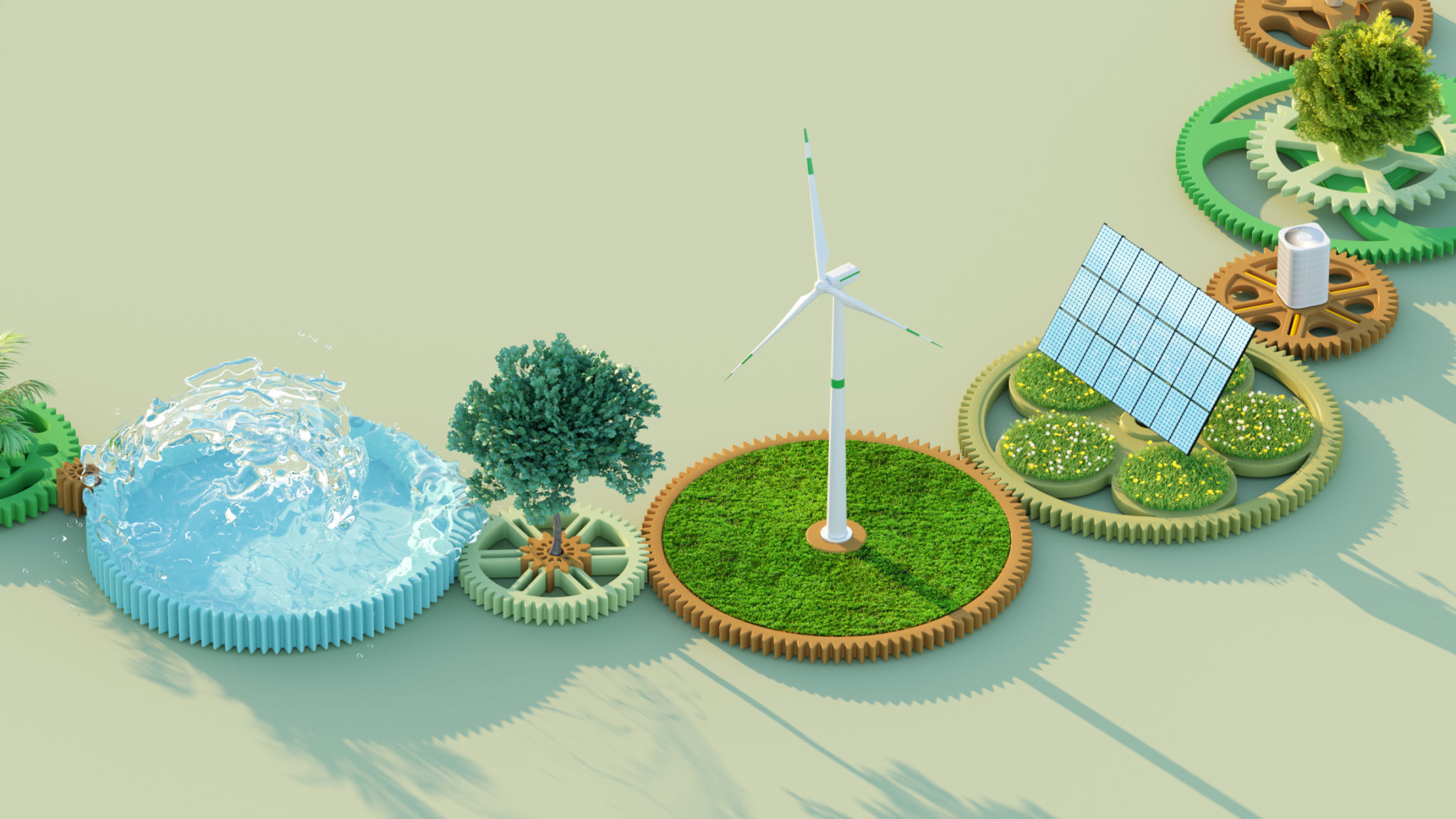Embracing Sustainable Building Practices: Current Trends and Future Directions
Introduction to Sustainable Building Practices
As the global focus shifts towards environmental conservation, the construction industry is increasingly embracing sustainable building practices. These practices are designed to minimize the environmental impact of buildings over their entire lifecycle, from design and construction to operation and decommissioning. With the growing awareness of climate change and resource depletion, adopting sustainable building practices is not just an option but a necessity.

Current Trends in Sustainable Construction
One of the most prominent trends in sustainable construction is the use of eco-friendly materials. Materials such as recycled steel, bamboo, and reclaimed wood are gaining popularity due to their reduced environmental impact. Additionally, innovations in building materials, like self-healing concrete and solar-reflective roofs, are revolutionizing how structures interact with their surroundings.
Another significant trend is the integration of energy-efficient technologies. Buildings are increasingly being equipped with smart systems that optimize energy consumption. This includes everything from LED lighting and energy-efficient HVAC systems to advanced energy management software that monitors and reduces energy use in real-time.
The Role of Renewable Energy
Incorporating renewable energy sources into building designs is becoming a standard practice. Solar panels, wind turbines, and geothermal systems are not only reducing dependency on fossil fuels but also lowering operational costs. The use of renewable energy is a critical component in achieving near-zero energy buildings, which produce as much energy as they consume.

Water Conservation Techniques
Water conservation is another crucial aspect of sustainable building practices. Techniques such as rainwater harvesting, greywater recycling, and low-flow plumbing fixtures are being widely adopted. These methods help reduce water consumption and promote the efficient use of available resources, addressing the global issue of water scarcity.
The implementation of green roofs and permeable pavements also contributes to effective water management by reducing stormwater runoff and improving water quality. These features not only enhance the sustainability of buildings but also improve urban biodiversity.
Future Directions in Sustainable Building
Looking ahead, the future of sustainable building will likely involve further integration of smart technologies. The adoption of Internet of Things (IoT) devices and artificial intelligence (AI) will enable more precise control over building systems, enhancing both energy efficiency and occupant comfort. Smart buildings will be able to learn occupants' preferences and adjust systems accordingly, leading to an optimized indoor environment.

The concept of circular economy will also play a significant role. This approach focuses on designing buildings with materials that can be reused or recycled at the end of their lifecycle, thus minimizing waste. By moving away from a linear ‘take-make-dispose’ model, the construction industry can significantly reduce its environmental footprint.
The Importance of Collaboration
Collaboration among architects, engineers, builders, and policymakers is essential to drive sustainable building practices forward. By sharing knowledge and innovative solutions, these stakeholders can overcome challenges and set new standards for sustainability in construction. Government incentives and regulations will also be critical in encouraging widespread adoption.
Ultimately, embracing sustainable building practices requires a collective effort to prioritize long-term environmental health over short-term gains. By doing so, we can create a more sustainable future for generations to come.
